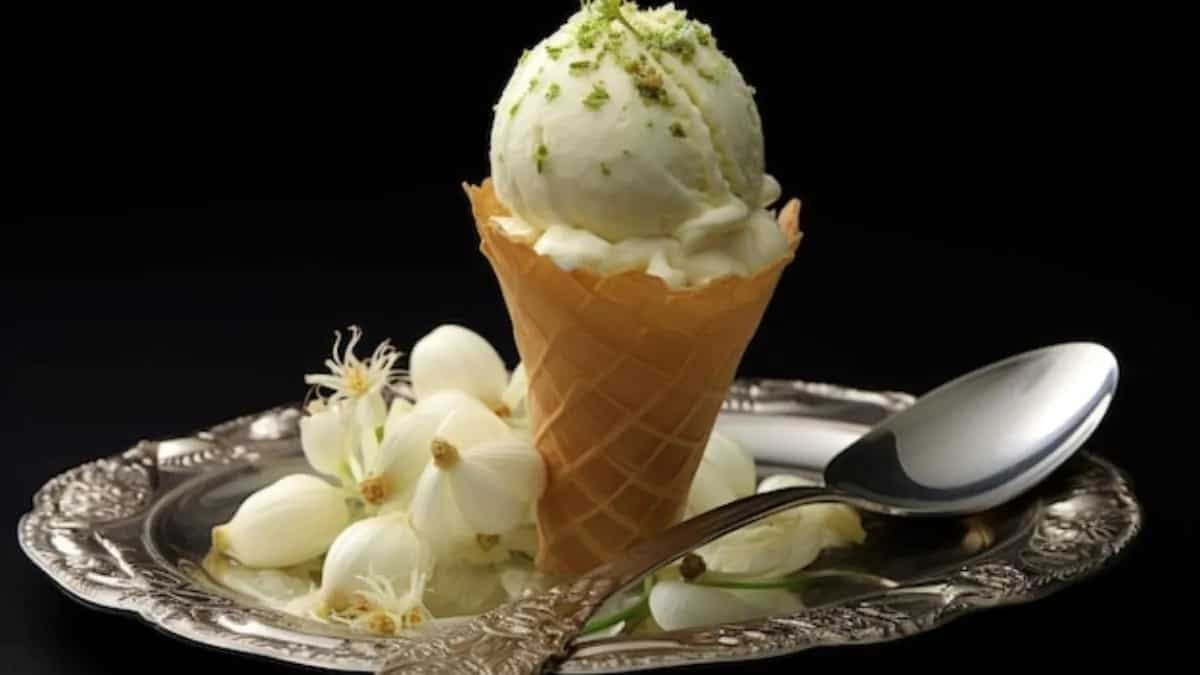
Garlic has long been valued in Indian cooking for its sharp aroma and medicinal qualities, appearing in nearly every savoury preparation from dal tadka to rich curries. Yet hidden within old recipe collections and passed down in quiet kitchen traditions lies a lesser-known use of garlic: desserts. Long before modern fusion chefs began blending the unusual with the familiar, some Indian cooks had already discovered that slow-cooked garlic could lose its pungency and reveal a subtle sweetness. These desserts did not originate from an attempt to surprise diners but from a genuine curiosity about flavour. Over time, recipes like garlic halwa or Benami kheer became part of niche culinary heritage, now reappearing as chefs revisit traditional Indian sweets with new attention.
Garlic Halwa: A Sweet From Northern Kitchens
Garlic halwa has its roots in certain parts of North India, particularly Uttar Pradesh and Rajasthan, where traditional halwas were often made from unusual ingredients such as bottle gourd, lentils, or even chickpea flour. Garlic halwa follows the same principle of slow roasting and patient stirring. The process begins with peeled garlic cloves simmered in milk to soften their intensity. Once the cloves lose their bite, they are mashed into a paste and cooked in ghee with semolina or khoya until the mixture turns rich and aromatic. Sugar and cardamom are added at the end to balance the flavour. The result is a halwa with a faint caramel-like note and a surprisingly gentle warmth. Though rare today, it remains a talking point among culinary historians for its inventive use of a common household ingredient in a sweet form.
Benami Kheer: The Hidden Name Of A Mughal Secret
Benami kheer is among the most fascinating desserts from Mughal kitchens. Its name literally means “nameless”, a term believed to have been used to disguise the identity of its main ingredient; garlic. Historical accounts suggest that the recipe originated in the royal kitchens of Awadh, where chefs were constantly experimenting to impress the court. The garlic was first boiled and then cooked in milk and sugar until it lost its distinct aroma. The resulting pudding resembled a regular rice kheer in taste and appearance, which made it almost impossible for diners to guess the secret ingredient. This dish has been revived occasionally by chefs who specialise in heritage menus, particularly at festivals or food events that explore lost Mughal recipes. The delicate preparation and balance of flavours showcase how refined Indian desserts could be, even with ingredients considered unconventional.
Modern Experiments: Garlic Ice Cream And Beyond
In recent years, modern chefs and artisanal dessert makers have explored garlic as part of experimental menus, introducing garlic ice cream, garlic mousse, and even garlic-infused chocolate. These innovations are often inspired by global culinary movements that embrace contrast and surprise in taste. Garlic ice cream, for instance, has appeared at food festivals in cities like Delhi and Mumbai, often served with caramel drizzle or as part of savoury dessert platters. When treated carefully, roasted garlic provides a nutty undertone that complements creamy bases. Chefs rely on subtlety, using just enough to create depth without overpowering the palate. These experiments reflect a wider interest in rediscovering ingredients traditionally confined to one category and reinterpreting them in unexpected ways.
Regional Curiosity: Garlic Sweets In Indian Homes
Beyond restaurant kitchens, a few regional home cooks continue to prepare sweets using garlic, usually as family traditions passed through generations. In some parts of Rajasthan, a variation of garlic halwa is served during winter months for its supposed warming properties. Families prepare it in small quantities as a special indulgence rather than a festive dish. Similarly, some Maharashtrian homes use garlic in tiny amounts within herbal sweet pastes known as lehyams, which are believed to promote digestion. These recipes rarely appear in mainstream cookbooks but survive through oral traditions. They show how garlic, often seen as a strong and medicinal ingredient, can also play a subtle part in home desserts linked with health and comfort.
The Balance Of Flavour And Memory
Garlic desserts occupy an unusual space in Indian culinary history, one that blends curiosity, health, and creativity. What makes them remarkable is not only the transformation of flavour but the patience required to achieve it. Each recipe depends on slow cooking and careful balance so that garlic’s harshness is replaced by a mellow, earthy sweetness. As regional cuisines continue to evolve, such forgotten sweets remind us that Indian cooking has always been open to experimentation long before the modern trend of fusion cuisine emerged. Garlic halwa and Benami kheer remain modest symbols of that experimentation, carrying the memory of cooks who looked beyond rules and relied on instinct and experience.